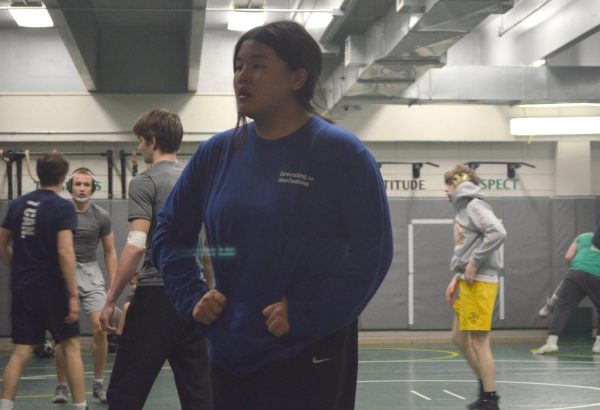Art For Art’s Sake
Or, why EHS students shouldn’t grumble about having to complete an art requirement.
A long-standing question regarding our school’s curriculum has to do with art. Specifically, why are students required to take art courses? If a student has no interest or talent in art, and especially if they hope to pursue a career in math, reading, or science, how would an art class benefit them? The Centre for Educational Research and Innovation (CERI) wondered the same thing. In pursuit of an answer to this question, CERI began a series of scientific studies that explored the impact of participation in art, on an intellectual and academic level.
The findings were encouraging, and revealed a wide range of benefits that come from engagement in artistic activities. Overall, CERI found that art education offers the means for students to develop skills of critical innovation, creative thinking, motivation, self confidence, and the ability to communicate and cooperate with others effectively. In an extensive body of correlational data done by the Dana Foundation (which promotes and funds neurological studies), it was found that there is a high correlation in students who take a large number of art classes and those who have a high level of educational achievement.
By looking at a few specific mediums of art, one can in turn explore the educational skill that is linked to it. Music, for example, is shown to increase your IQ, academic performance, word decoding, and phonological skills. Theatre, on the other hand, is shown to lead to increased verbal skills and persuasion abilities. Dance helps overall academic skills and visual spatial skills. However, all mediums of art have strong impact on the brain.
Another important benefit of art involvement is the therapeutic properties that come with it. “Art is what opens people up. It’s expression. If you’re unable to express yourself you feel capsulated, repressed, and well, just unfree,” said junior Mickey Strong, an adamant musician and actor. “It’s helped me through times of feeling held back and I think that’s what a lot of people would say about it.”
According to the research done by art therapist Dr. Beverly Court for Art Therapy UK, making art “can provide some physical and emotional relief as we express painful or difficult experiences in vivid, tactile materials with the understanding support of a therapist-artist. Feelings are embodied in art-play, bringing a natural, childlike creativity to bear on painful experiences.”
“The fundamental part about the arts is that you are creating something to be seen and enjoyed by others,” commented senior Jack Halverson, a participant in the All-State Choir, the National Honor Band at Carnegie Hall, band, choir, orchestra, and theater. “So not only can I get a good feeling from doing something I love, but I also know that it is hopefully making someone else’s day a little bit brighter when they can see one of my performances,” continued Halverson.
In addition, art therapy is often used for medical purposes. According to the American Cancer Association, art therapy is often used with cancer patients in order to improve recovery times, reduce hospital stays, and help control a patient’s pain. Numerous case studies have reported that art therapy benefits patients with both emotional and physical illnesses.
Participation in art is a healthy and useful outlet for emotional release, especially for children and teens. While participating in art courses in school may seem tedious to an aspiring intellectual, it is overall beneficial. In fact, in response to this research and these cumulative findings it is suggested for striving students to take more time to engage themselves artistically, for both their psychological and intellectual well being.

Patricia Leach really loves "That's So Raven". In fact, she loves it so much that she requested that this be included in her bio:
Thats so Patricia...











